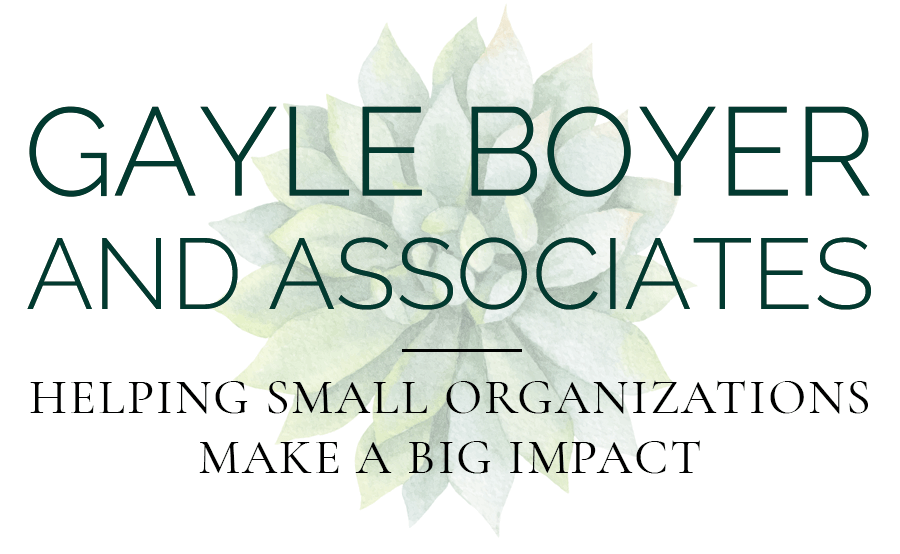If 2020 taught us anything, it’s the importance of disaster planning. And as a bonus challenge, it made clear just how hard it is to predict which disasters we need to prepare for.
If the thought of disaster planning feels overwhelming, you’re not alone. But good planning before something happens can help to mitigate and manage risk throughout the organization, execute good strategic and tactical decision making, and empower employees to act effectively in a crisis.
The good news is there are a lot of resources and templates available to help you get started.
“Disaster” can be a relative term, ranging from the sudden departure of your ED to a fire in your building to, well, a global pandemic. Experts generally use three broad categories to classify disasters:
- Natural hazards (geologic, meteorologic, and biological)
- Human-caused events (accidental and intentional)
- Technology-caused events (accidental and intentional)
Within each of these categories, here are some key areas to consider:
- Immediate safety: are your staff, volunteers, and constituents safe? how do you know?
- Sustainability: How long can your organization last without tools, facilities, and other operational elements? How will processes and work flows need to change in order to maintain operations during a crisis? And, most importantly for planning, do you have standard operating procedures in place today?
- Data security: Having a cybersecurity plan in place to protect against phishing and malware attacks is a minimal requirement. Ensuring adequate back-up is critical. is your data backed up and available from multiple locations?
Analyzing how your organization can continue to serve its customers—and in the case of a nonprofit, respond to increased need—can seem overwhelming and complex.
So start simply by identifying what might realistically occur in terms of a “disaster” and prioritize your planning accordingly. And if you are looking for tools and resources to help you get started, here are a few:
- The Red Cross Ready assessment offers a comprehensive resource and rating tool
- The Alliance for Human Services has put together a Continuity of Operation Plan that offers an excellent step-by-step approach to planning for a wide range of disasters.
- The Forbes Nonprofit Council Urgency Not Panic: Three Tips for Serving Communities in Times of Crisis. provides guidelines to help organizations develop a swift, purposeful, and thoughtful approach to serving urgent needs.
The more prepared your organization is to address any type of (reasonably foreseeable) disaster, the more quickly it can recover and continue doing good work. If you want some extra support, schedule a free 30 minute consultation so we can identify your specific needs and solutions.
